5th Jun 2023
Scratching the surface: We take a look at the role of ceramics in contemporary watchmaking
by Watch Collecting
Given that ceramic has been around for roughly 27,000 years, you could argue that its use in the watchmaking industry is long overdue, especially when you consider its suitability for luxury timepieces. However, that may be a little facetious. The material which comes to mind when you hear the word ceramic is actually very different to the types currently being employed by brands across the watch stratosphere from Citizen to Audemars Piguet.
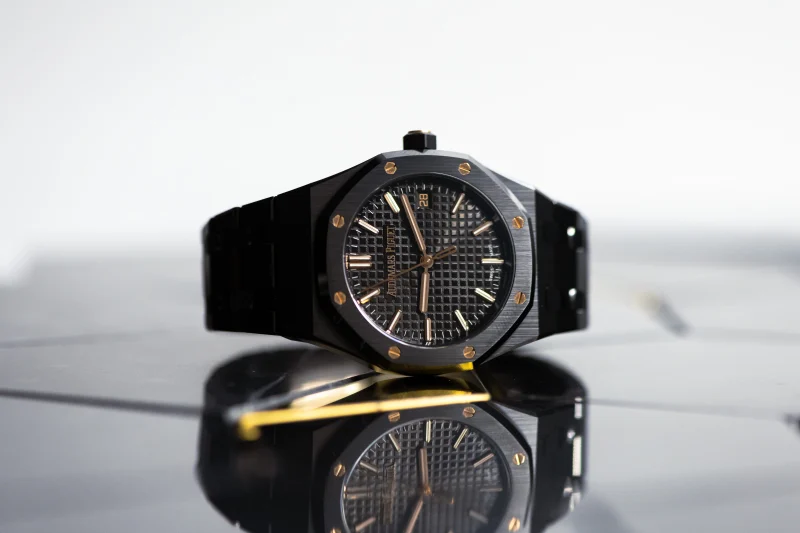

What is Ceramic?
Watch materials are generally divided into four main classes; metals, polymers, ceramics and composites. Ceramic is defined as anything solid, non-metallic, inorganic and created with heat. That obviously leaves a lot of scope for what actually constitutes a ceramic component, and so you will find some unexpected materials also qualify under the term such as glass, diamonds, graphite and sapphire crystals.
But while the name is taken from the Greek word for pottery—kerameikos—the ceramics used by the horology industry are what are known as ‘technical ceramics’. These have only been around since the 1940s and have gone through a constant process of improvement since then, with brands devising evermore complex ways of making them stronger, harder and more resilient. Technical ceramics are formulated from the purest materials to create compounds resilient enough for watch components.
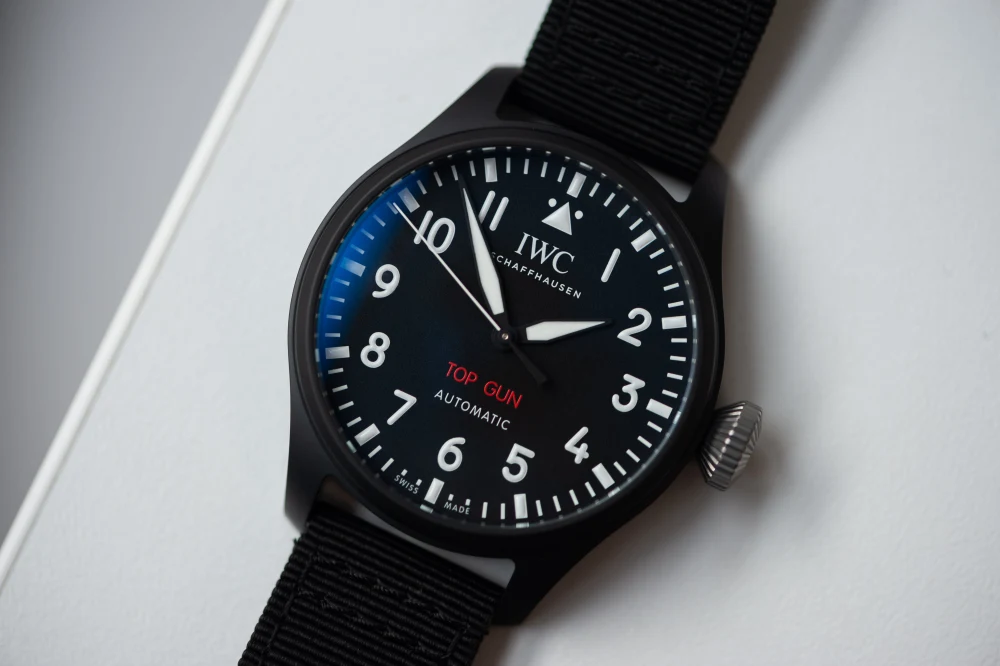
History of Ceramics in Watchmaking
Depending on how finicky you want to get, the Rado DiaStar from 1962 can be called the very first ceramic watch. There is some disagreement on that award due to its case and bezel being made from tungsten carbide, a material significantly different to the types used today such as zirconium dioxide or yttrium. However, tungsten carbide is indeed a ceramic, one with a hardness factor about ten times that of steel and Rado marketed their new model as the first ‘scratchproof’ watch. Unfortunately, as a ‘hard metal’, the material was far more difficult to work with and cracked much easier than steel. It was also twice as dense, leading to the DiaStar 1 being a particularly heavy piece which led to them, out of necessity, being made fairly small at 35mm.
Research continued, and the 1980s saw the beginning of more widespread adoption of ceramic. Omega came up with their ‘Cermet’ (CERamic-METal) composite, an alloy of aluminium and titanium carbide which was eight years in the making. It was used on a quartz Seamaster model, the ref. 1960249, available in men’s and women’s versions, both still on the diminutive size at 33x35mm and 26x28mm respectively. Launched in 1982 as part of Omega’s International Collection, each had a case cast in ceramic and a stainless steel bracelet with integrated ceramic panels. Yet the Black Tulips, as the watches became known because of their monochrome colouring, had only short shelf lives, mainly due to the expense of creating and machining the materials. That outlay had to be passed on and so the men’s model retailed at a monstrous £1,345, at a time when you could snap up a Speedmaster for under £300.
For the very first, fully viable ceramic watch we have to turn to IWC. In 1986, they unveiled the Da Vinci ref. 3755, its case a mix of black zirconium oxide ceramic and gold. The watch was a continuation of the ref. 3750, IWC’s first perpetual calendar model, its ingenious movement dreamt up by Kurt Klaus and developed under the code name ‘Operation Eternity.’ The handsome 39mm housing was created by Hano Burtscher, its perfectly circular lines inspired by Da Vinci’s plans for a harbour fort in Piombino dating from 1499.
Ceramics have continued to enjoy an extensive presence in IWC’s catalogue; their Top Gun range of pilot’s watches currently holds nine in the material.
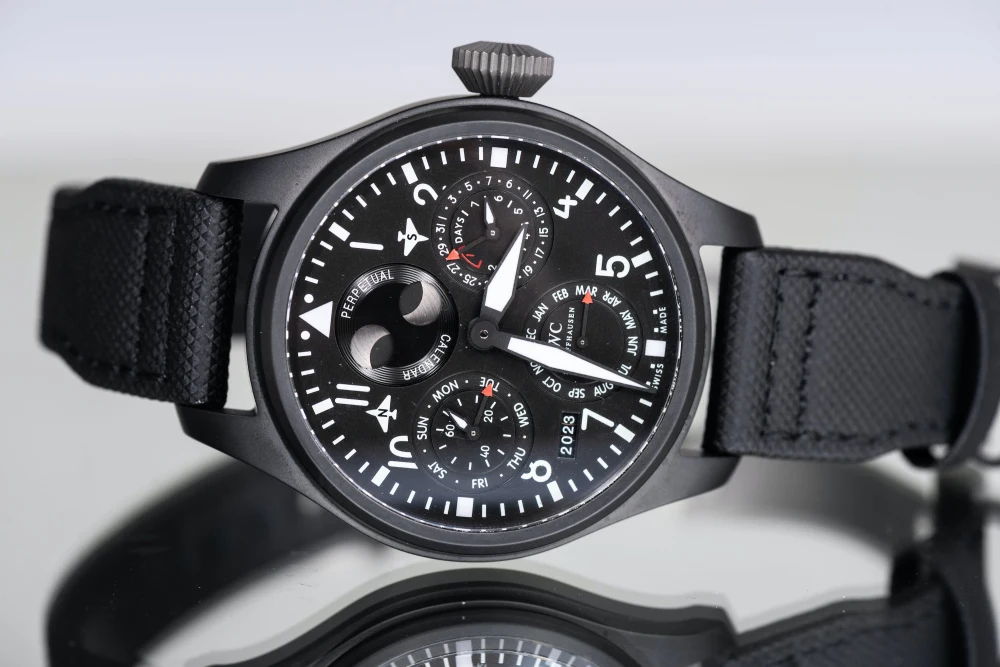
How Are Ceramics Made?
The production method used for ceramics in the horology industry is called sintering, otherwise known as frittage. It essentially involves applying heat and pressure to ceramic powders but without melting them to the point they become liquid. In that way, the material’s atoms diffuse across particle boundaries and are bonded together in a solid mass.
The powder is first formed into the shape of the watch’s case, before being exposed to very high temperatures (around 800ºc) under a compression of about 600 tonnes per square centimetre. After that, it can be milled and polished. What that leaves is a ceramic compound with a host of benefits over many of the other materials common to watchmaking. For one, it is incredibly hard and practically impossible to scratch. It is also almost completely inert, meaning that it will not corrode or rust, or cause allergic reactions in the same way as, say, the nickel used in some steel alloys does. In addition, it is unaffected by ultraviolet light, so it won’t fade or change colour over time, and it is extremely lightweight, in about the same range as aluminium while being much more resilient.
Ceramics in Watches Today
As research and technology have improved, more and more brands are releasing watches with ceramic elements. As well as IWC, Rolex has been a pioneer, recognising the advantages ceramic has for those components most subject to wear and tear on a tool watch; namely the bezel.
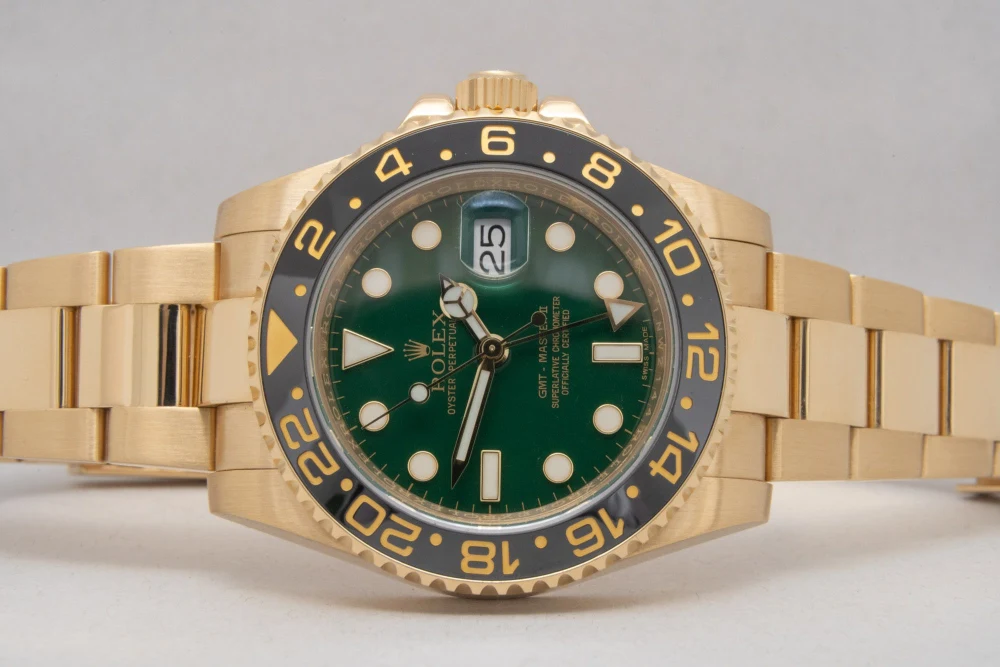
Their proprietary Cerachrom, a patented mix of aluminium and zirconium oxide powders with a gel substrate (underlying layer), made its debut in 2005 on the GMT-Master II. Since then, the bezels have made their way onto a number of the Geneva Giant’s sports watch icons. In 2013, they released the ref. 116710BLNR, its blue/black bezel marking the first time Rolex had managed to add two colours to their new material following five years of experimentation.
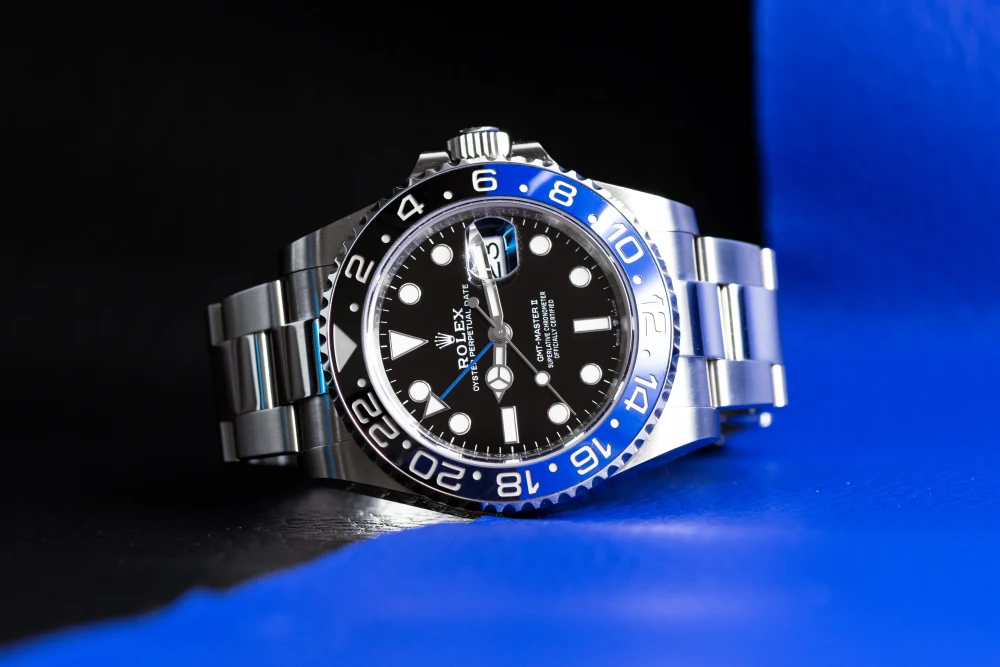
Omega too has continued to implement ceramics across much of its portfolio. The entire Speedmaster ‘Dark Side of the Moon’ collection now features ceramic cases, and you will also find select models in the Seamaster Diver 300M and Planet Ocean ranges. Industry giants, Audemars Piguet have a hatful of Royal Oak and Offshore models, as well as their most recent Code 11.59 series.
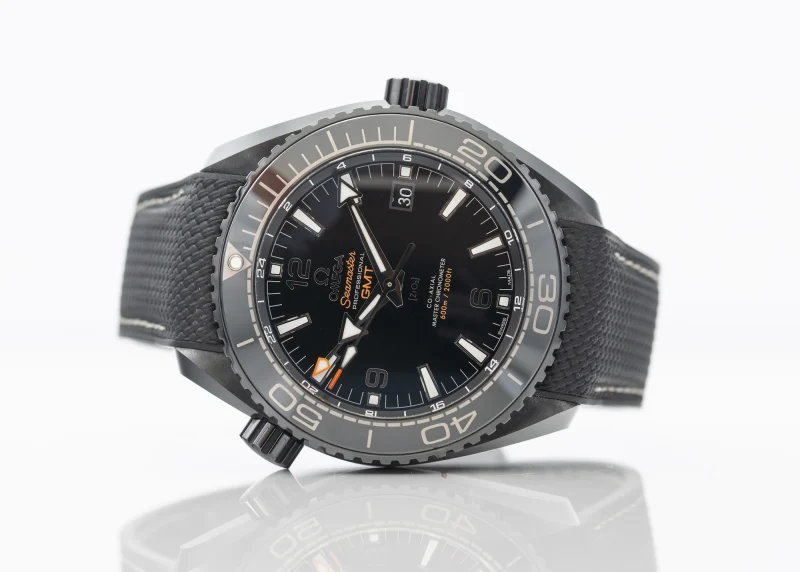

It’s clear to see from the widespread adoption of ceramics, that this material is here to stay in the watch world. We’re excited to see what other innovative and exciting materials make their way into this traditional craft thanks to the adoption of technological changes.

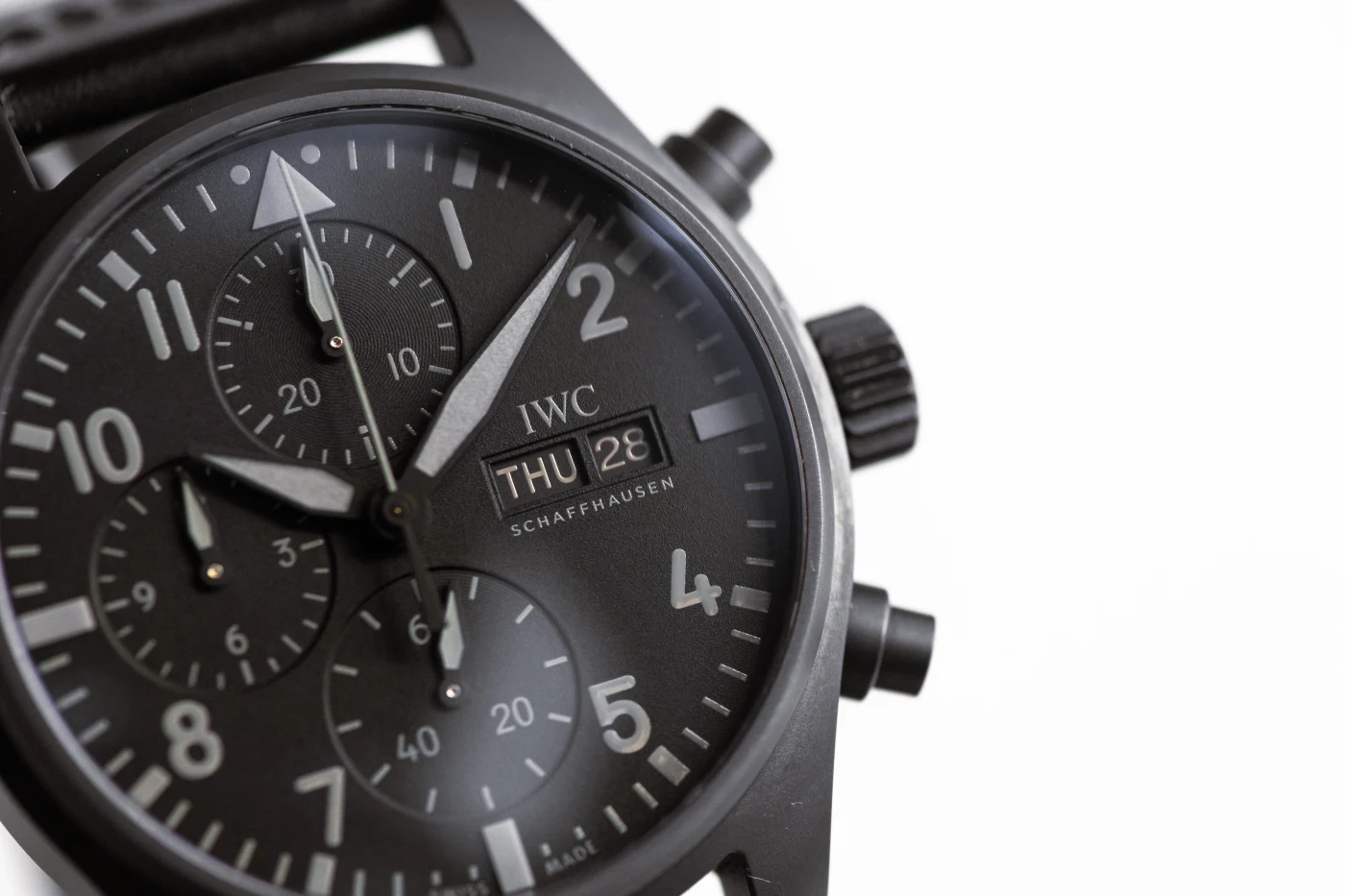
Have your say!